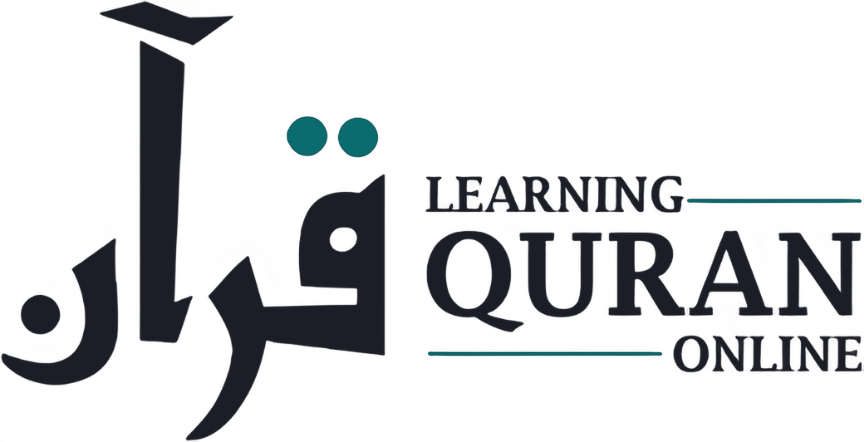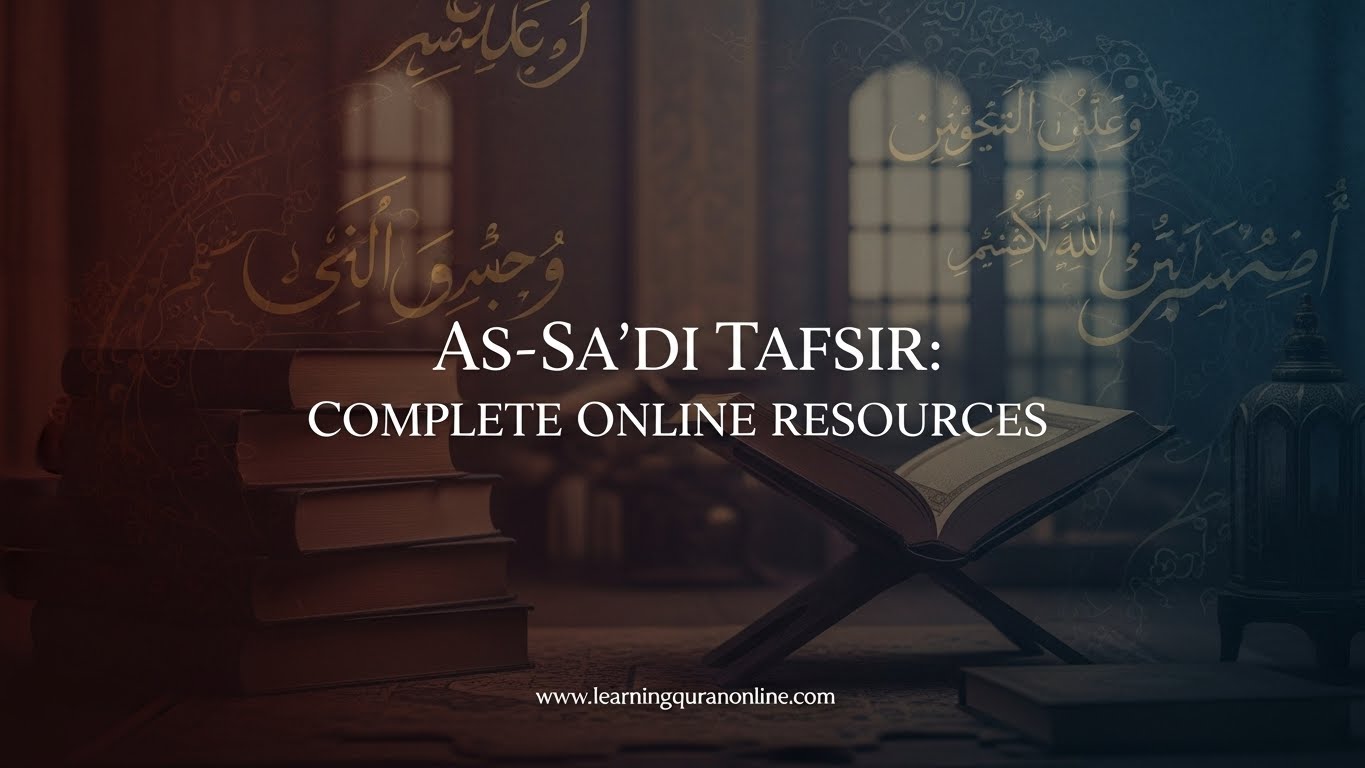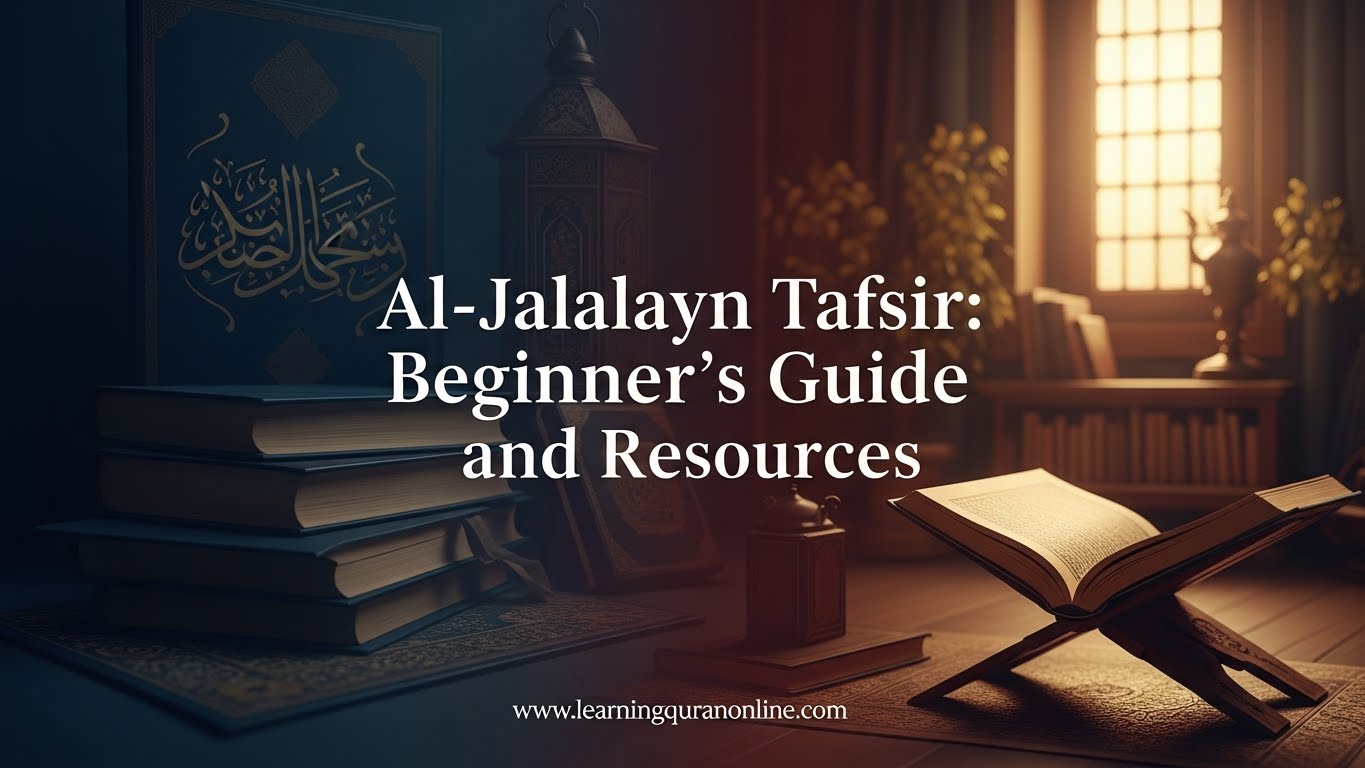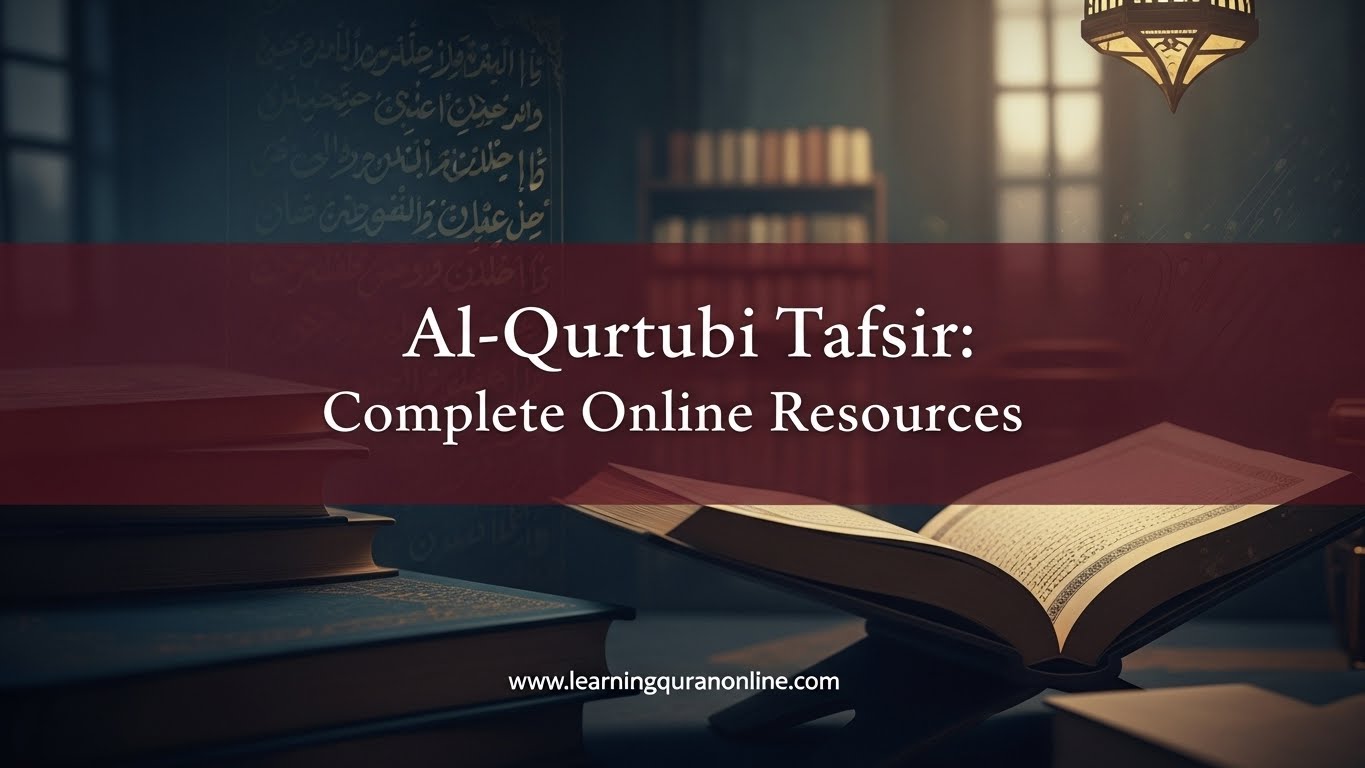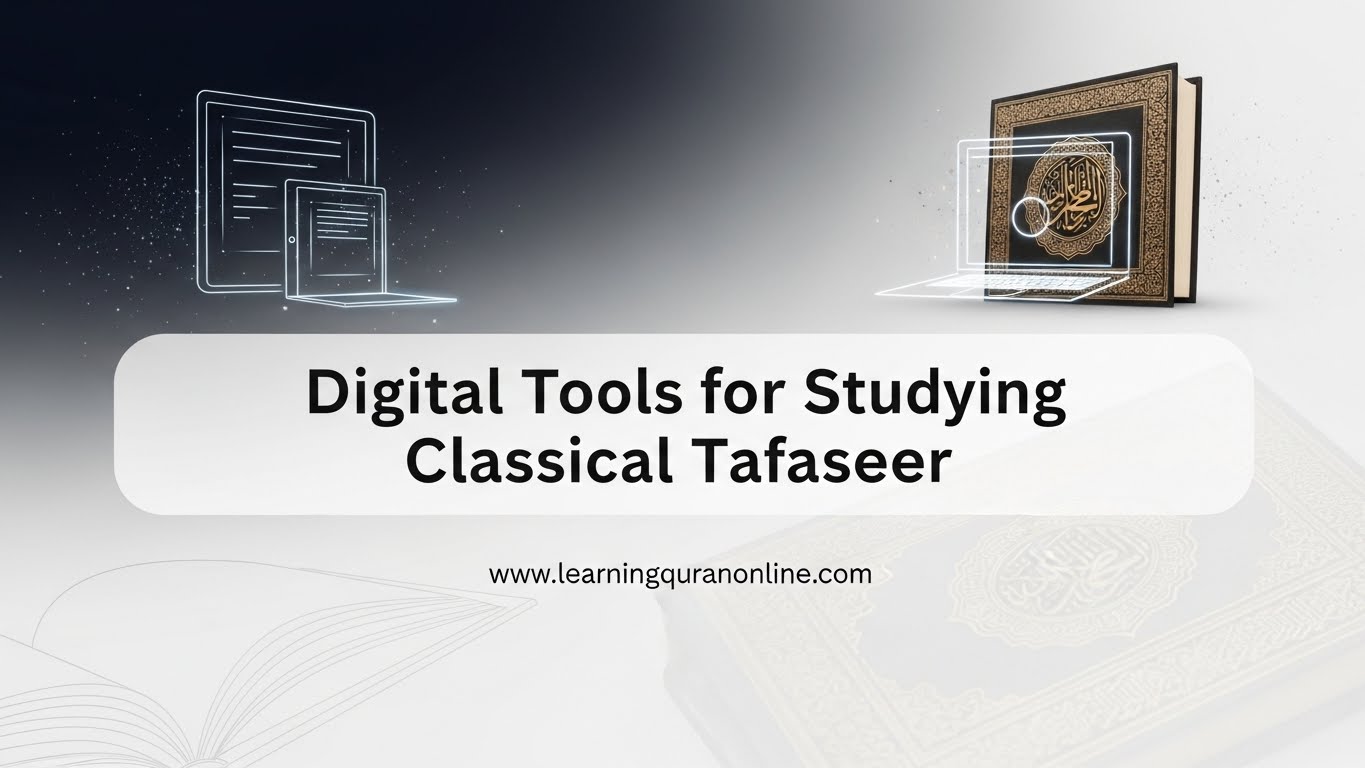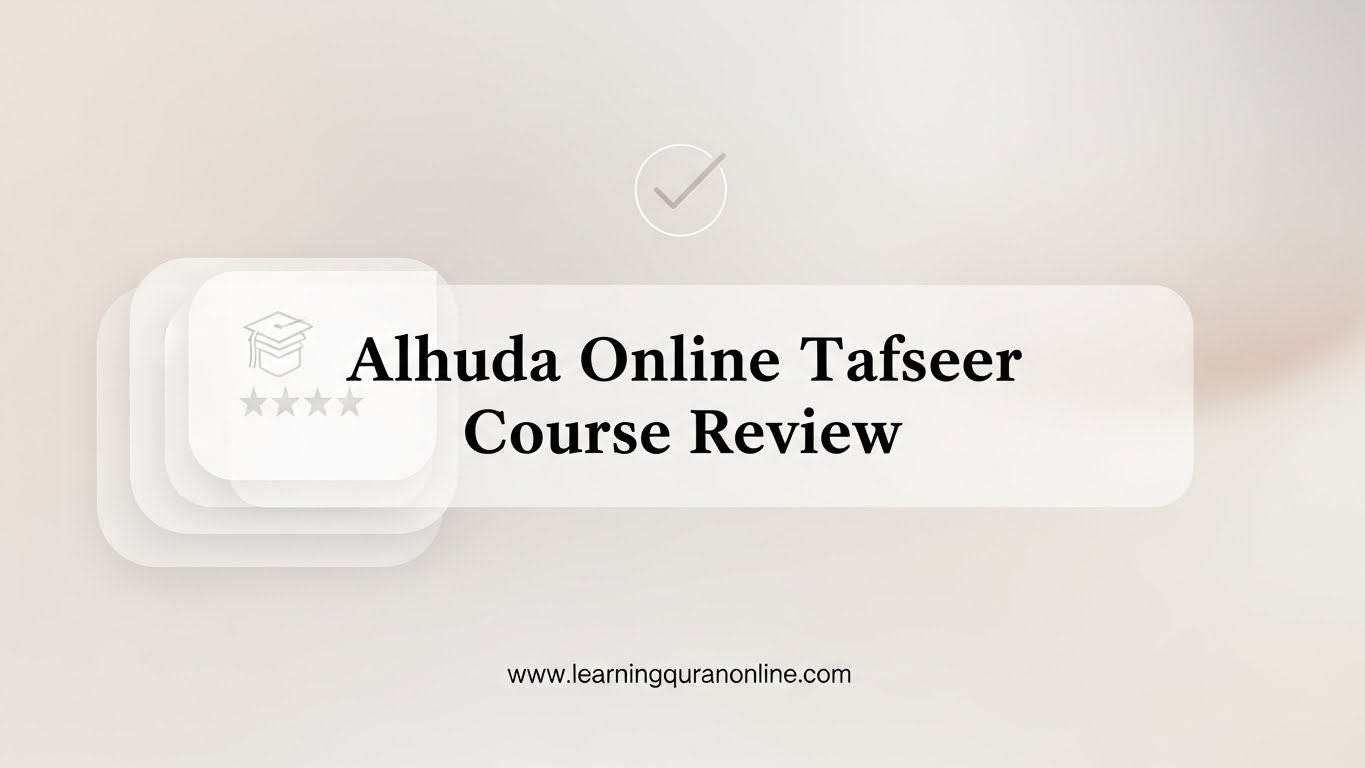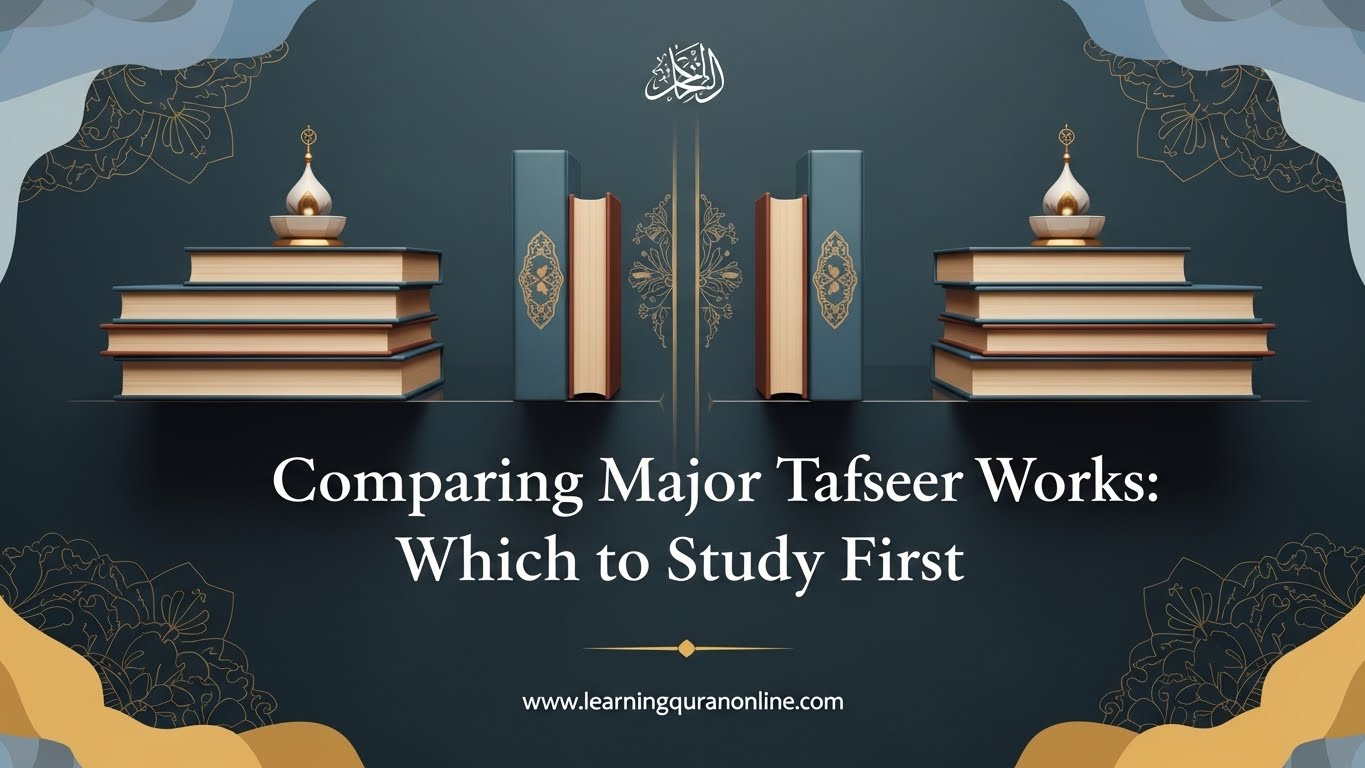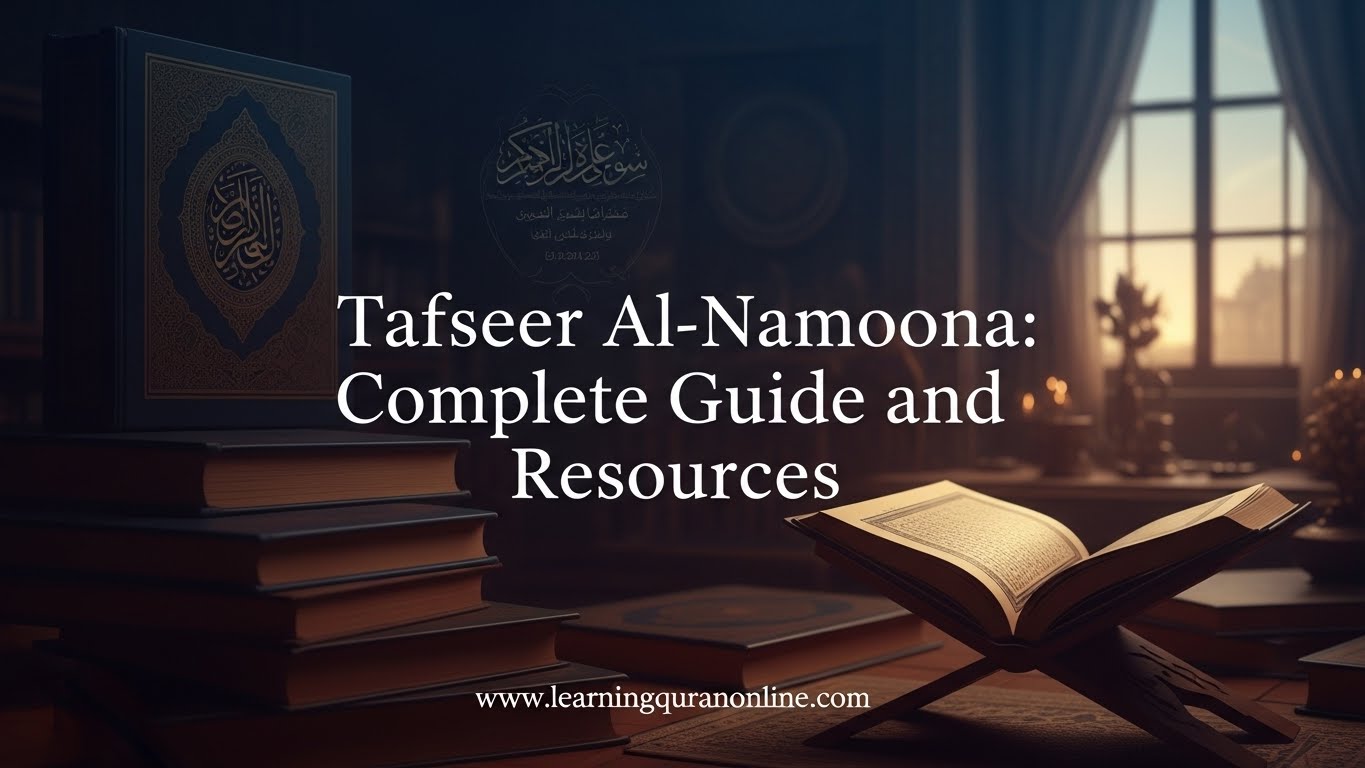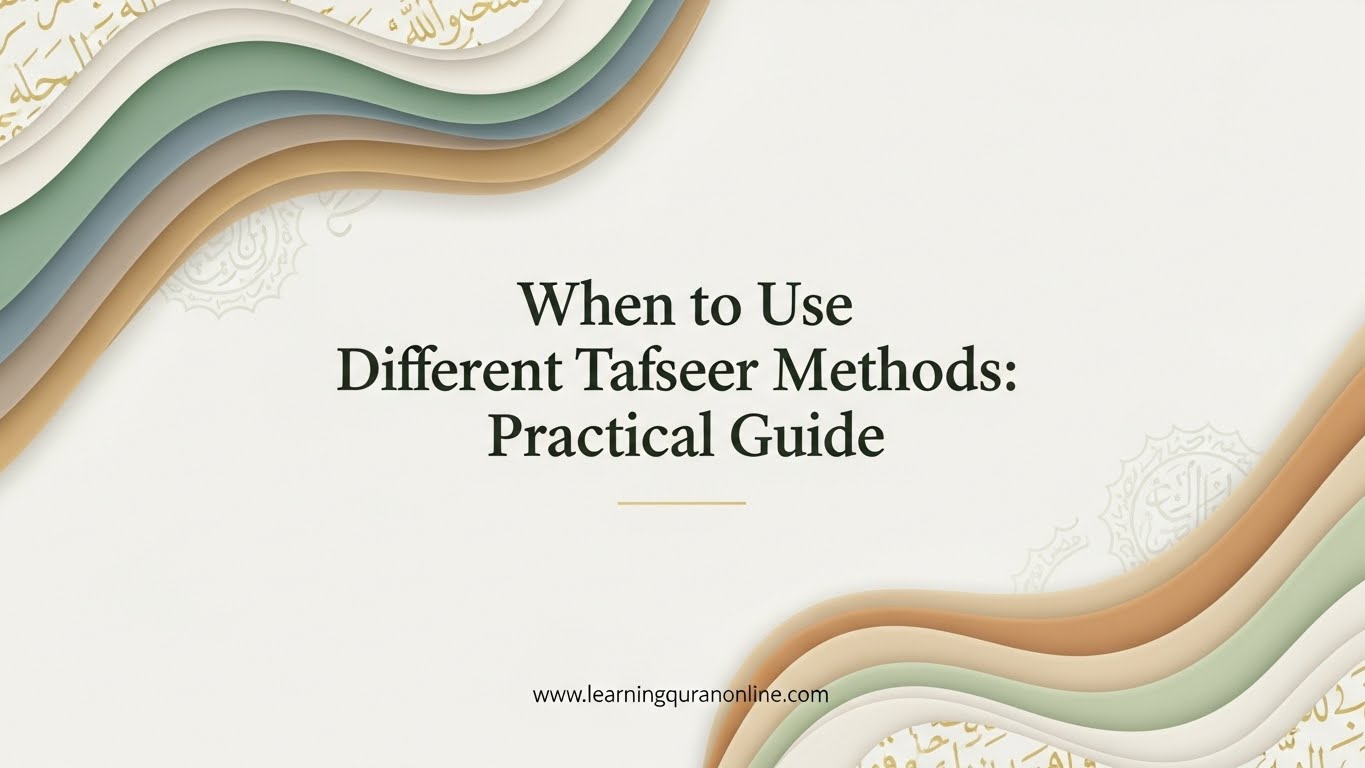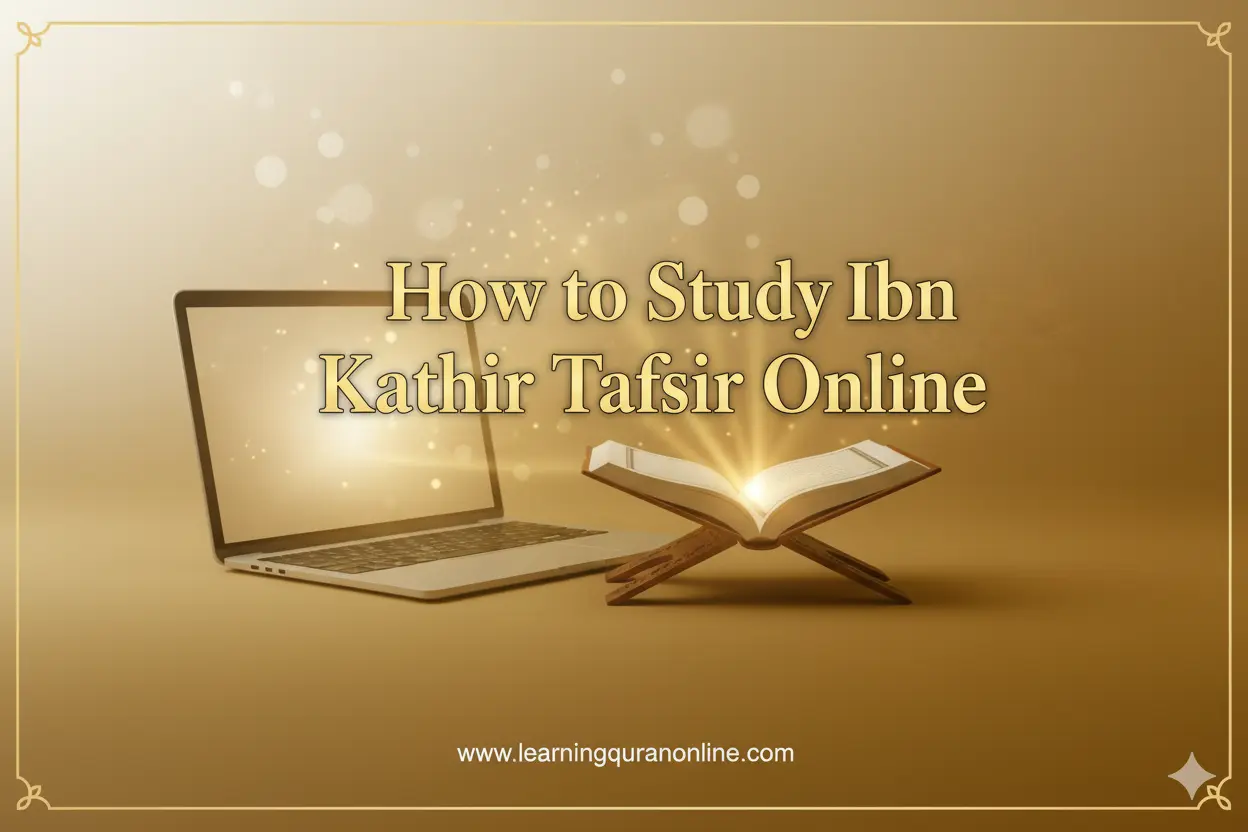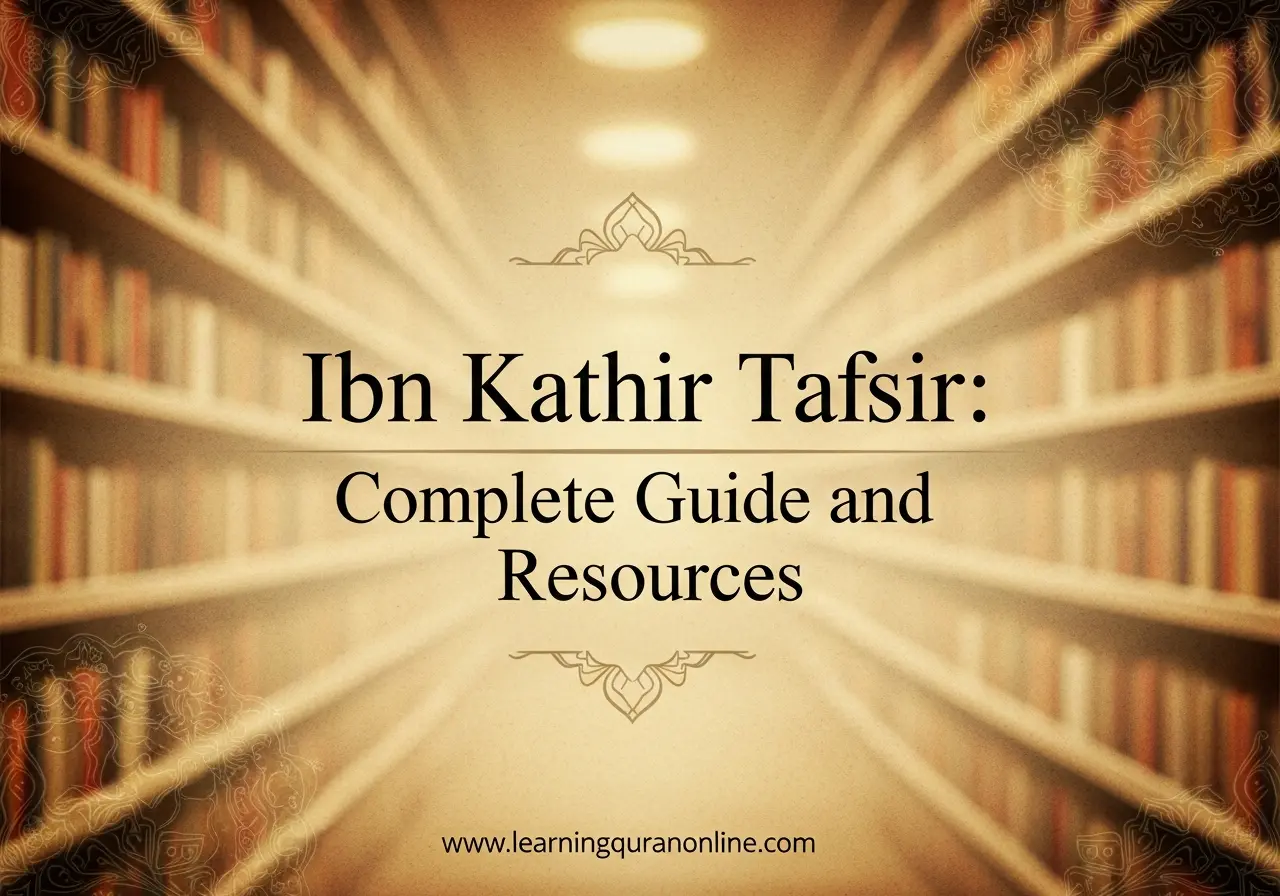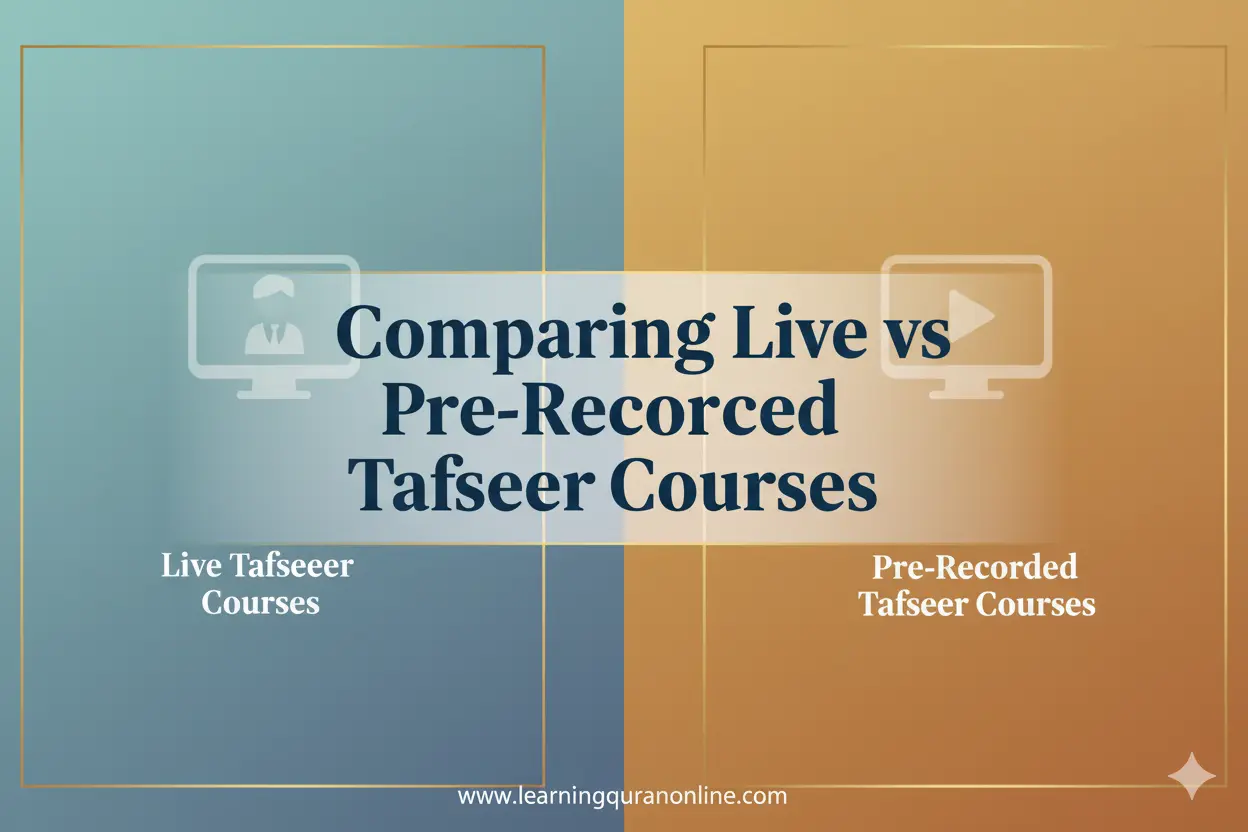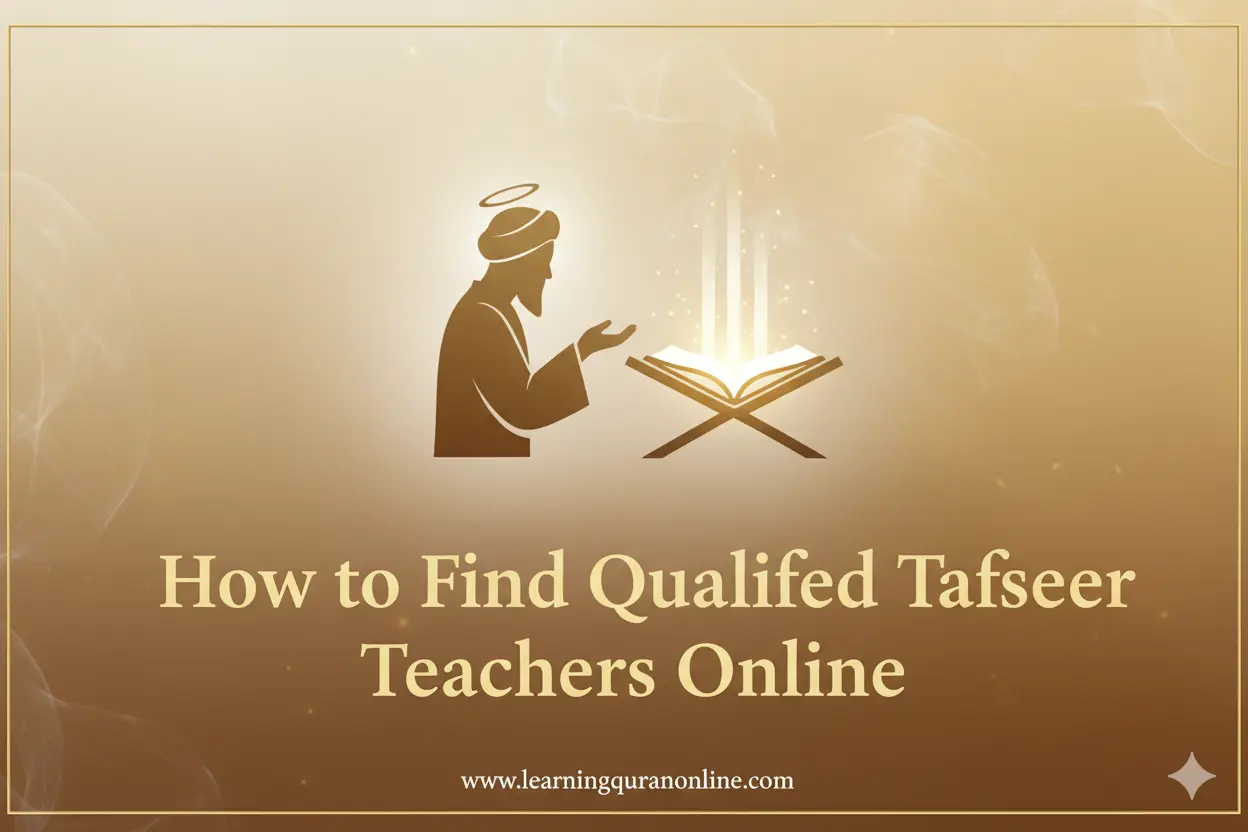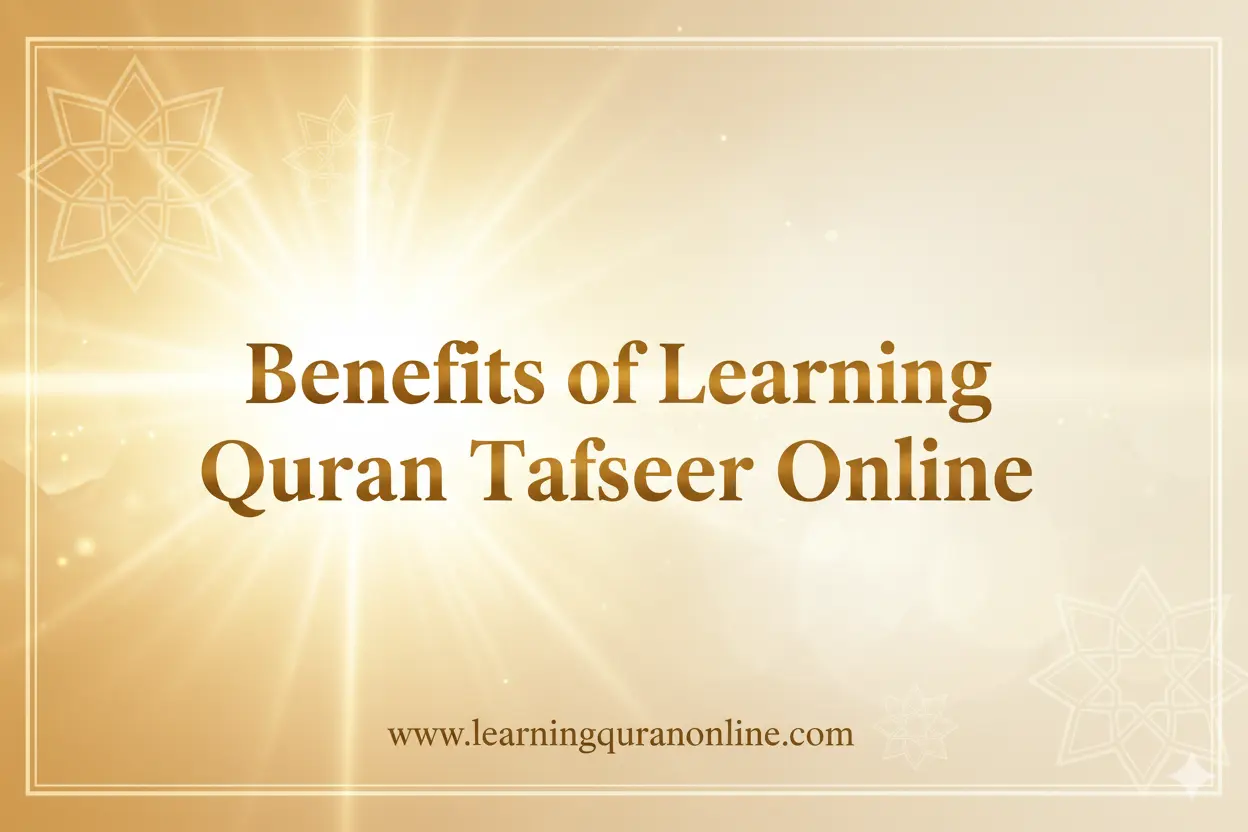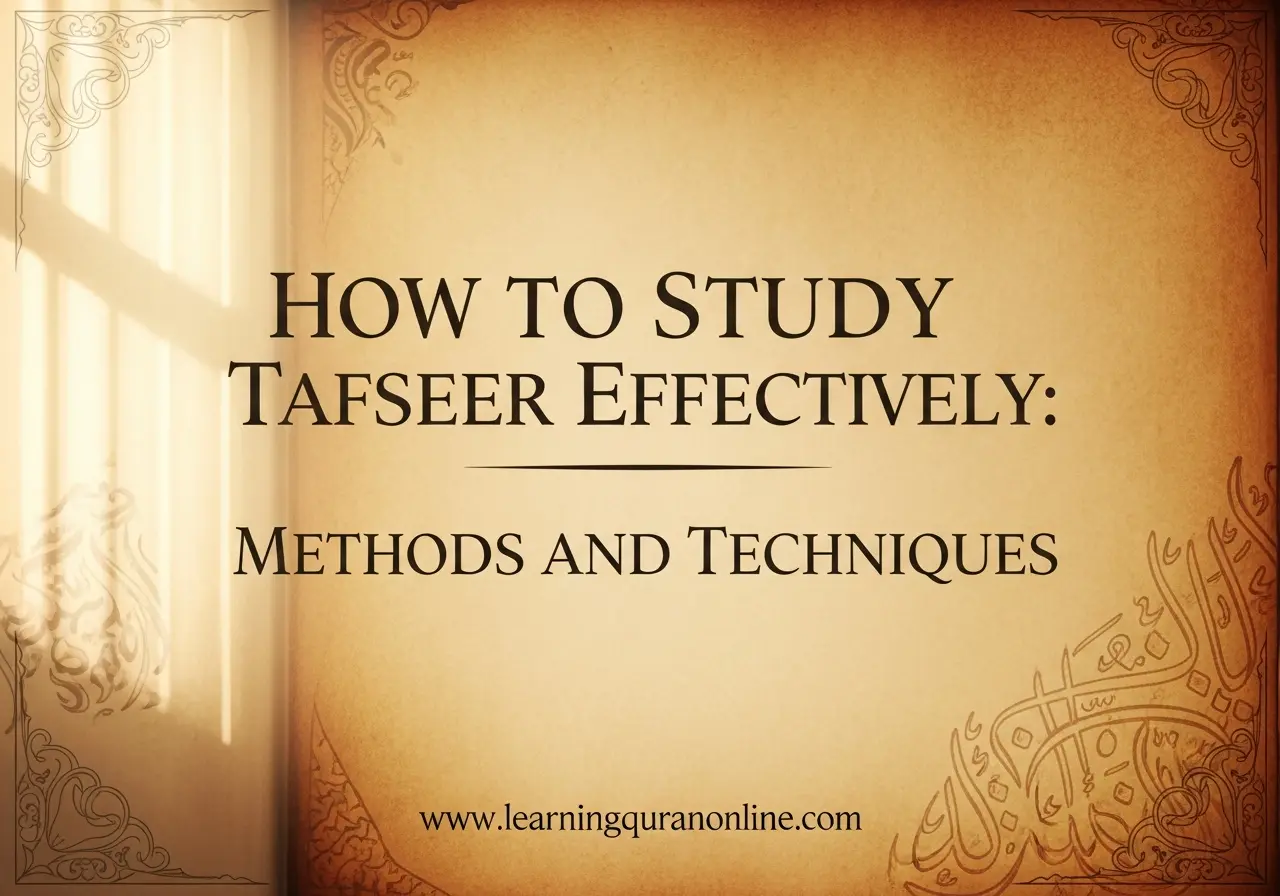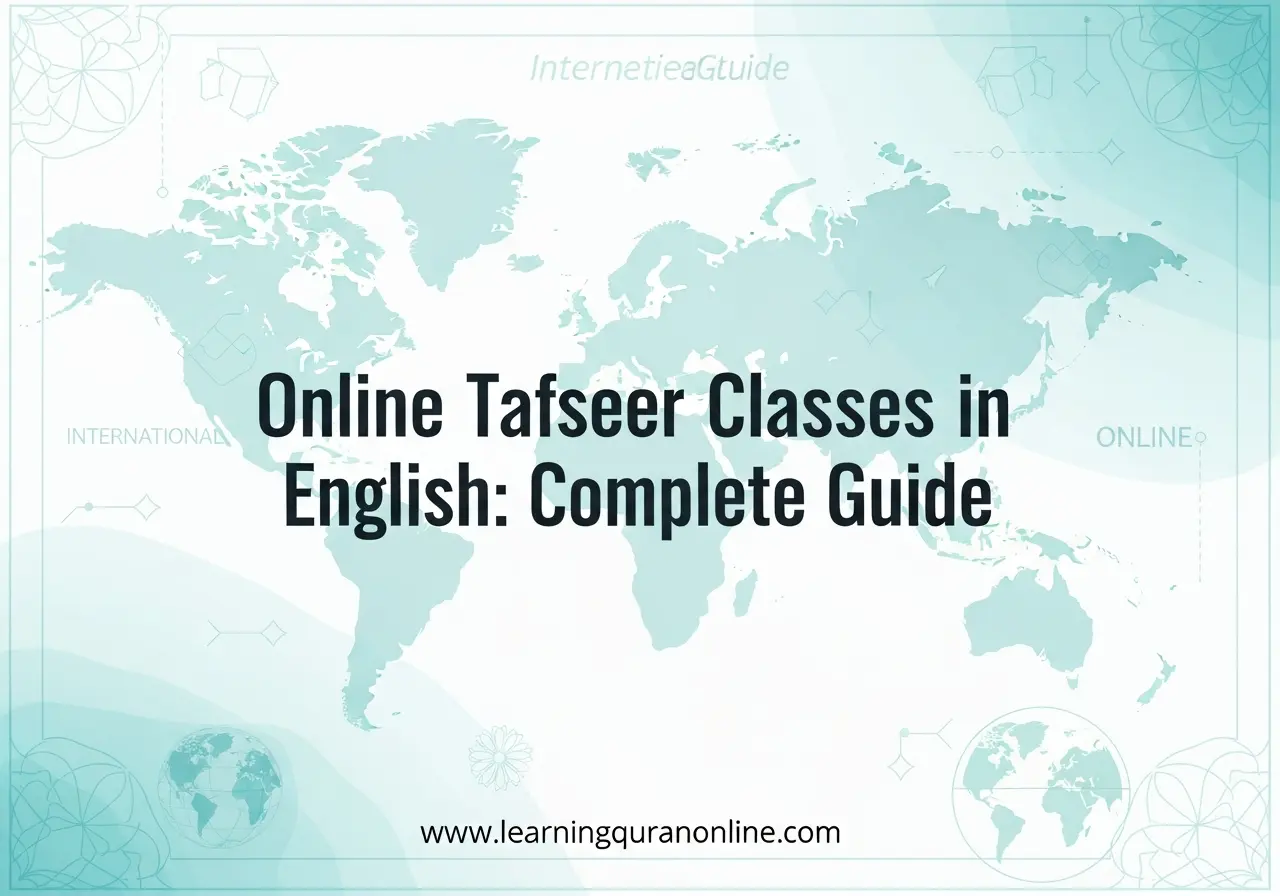The Quran is a text of deep linguistic, theological, and historical complexity. For non-Arabic speakers, translations open the door to its message, but not all translations are the same. This guide compares major Quran translations, explains translation approaches (literal vs. interpretive), highlights useful semantic and study-related keywords (tafsir, exegesis, Arabic grammar, context), and offers practical tips for choosing the best English translation for your needs.
Table of Contents
ToggleWhy Quran translations matter
Translations are more than word-for-word conversions: they are interpretive acts shaped by linguistic choices, theological leanings, historical context, and the translator’s aim—whether poetic beauty, literal fidelity, academic clarity, or devotional readability. Understanding these differences helps students, researchers, and casual readers find a version that balances accuracy, readability, and reliable commentary.
Key concepts: literal vs. interpretive translation
When comparing translations, begin with the two broad approaches:
- Literal (word-for-word) translation: Tries to reproduce the original Arabic morphology and syntax as closely as possible. Advantages: better for linguistic or philological study. Limitations: can be stilted, ambiguous, or misleading when Arabic idioms and rhetorical devices don’t map cleanly onto English.
- Interpretive (sense-for-sense) translation: Prioritizes meaning, readability, and the intended message over strict word order. Advantages: clearer to modern readers, more idiomatic. Limitations: may smooth over linguistic nuances or introduce translator interpretation.
Between these poles exist hybrid approaches and annotated translations that pair a readable rendering with extensive footnotes and tafsir (commentary) to recover context, legal implications, and classical linguistic readings.
Reading Quran Online During Menstruation
Major English translations — quick comparison
Below are commonly recommended translations and what each is known for. This is intended as a comparative overview to help you match purpose to translation style.
- Abdullah Yusuf Ali — poetic and classical language with extensive commentary. Good for readers who appreciate literary English and historical footnotes. Critics point to dated phrasing and some interpretive choices reflecting early 20th-century scholarship.
- Marmaduke Pickthall — early 20th-century, dignified and somewhat literal. Uses archaic English reminiscent of the King James Bible. Useful for those wanting a reverent, formal tone.
- Saheeh International — modern, clear, and widely used. Strikes a balance between readability and faithfulness. Often recommended for both new readers and study groups.
- Mohsin Khan & Hilali — literal with parenthetical expansions based on classical tafsir and hadith. Popular in certain communities but sometimes criticized for inserting tafsir directly into translation text (which can influence reader interpretation).
- M.A.S. Abdel Haleem — contemporary English, excellent readability, idiomatic phrasing. Favored for study and teaching, as it presents flow and narrative clarity without heavy ornamentation.
- Muhammad Asad — interpretive and philosophical translation with extensive notes. Best for readers seeking a modern philosophical lens and substantial exegesis, though it reflects the translator’s unique viewpoint.
- The Study Quran (Seyyed Hossein Nasr, et al.) — a modern translation paired with comprehensive commentary drawing on classical and contemporary tafsir. Ideal for scholarly study and comparative exegesis.
- Laleh Bakhtiar — noted for alternative renderings (notably the translation of certain contested terms). Appeals to readers interested in feminist or revisionist approaches; some of her translations have been controversial.
- The Clear Quran (Dr. Mustafa Khattab) — contemporary, flowing, often praised for accessibility and neutrality. Good for devotional reading and classroom use.
How translations differ: what to look at
When comparing translation editions, examine these factors:
- Translation philosophy: explicit statement by the translator about literalness and interpretive method.
- Footnotes and tafsir: presence of scholarly notes, references to hadith, classical exegesis (Tafsir al-Tabari, Tafsir Ibn Kathir, Tafsir al-Jalalayn), and historical context (asbab al-nuzul).
- Readability and register: modern idiom vs. archaic diction; sentence rhythm and flow.
- Faithfulness to Arabic: how the translation handles Quranic rhetorical devices, parataxis, and multilayered terms (e.g., dhikr, taqwa, imaan).
- Translator background: academic training in classical Arabic, familiarity with tafsir, theological perspective, or linguistic specialization.
- Supplementary tools: parallel Arabic-English text, transliteration, indexes, concordances, and cross-references for legal verses (Sharia-related), stories (qisas), and themes.
Use cases: which translation to choose
Pick a translation according to your purpose. Below are common scenarios and recommended approaches:
- Devotional reading: Choose a smooth, readable translation (e.g., Abdel Haleem, Saheeh International, The Clear Quran) to engage with meaning and spiritual reflection.
- Academic study or linguistic analysis: Use a more literal edition and consult tafsir and Arabic grammar resources. Pair a literal translation with lexical tools and concordances.
- Comparative exegesis: Use The Study Quran or multiple translations (Yusuf Ali, Asad, Saheeh International) plus classical tafsir to see variant interpretations.
- Teaching beginners: Start with readable translations with explanatory footnotes and parallel text for students learning Arabic vocabulary and morphology.
- Legal and jurisprudential study: Use translations that include references to hadith and classical jurists—then consult original Arabic and specialist works in fiqh.
How to Read Quran Online: Complete Beginner’s Guide
Practical tips for reading translations
To get the most out of any translation, follow these practical steps:
- Read more than one translation of the same verse to detect nuances and translator choices.
- Use tafsir and classical commentaries to understand historical context and varying scholarly interpretations.
- Study Quranic Arabic terms and common root systems ( triliteral roots ) to appreciate layered meanings.
- Look for editions with footnotes that clearly distinguish between translation and interpretive addition.
- Consider parallel editions (Arabic text side-by-side with English) to stay connected to the original wording.
- Use digital resources, searchable translations, and audio recitations to reinforce linguistic comprehension and memorization.
Common translation challenges and how translators handle them
Several recurring translation challenges shape how translators render the Quran:
- Polysemy and root-based meanings: A single Arabic word may carry multiple related meanings. Translators must choose one sense or provide alternatives in notes.
- Rhetorical and poetic devices: The Quran uses devices like ellipsis, parataxis, and subtle syntactic emphasis. Literal translations can sound fragmented; interpretive ones can smooth those features away.
- Theological vocabulary: Terms like “deen,” “taqwa,” “iman” have theological weight that is not fully captured by a single English word.
- Context (Asbab al-nuzul): Understanding why a verse was revealed helps explain restrictive or general wording. Quality translations often cite asbab al-nuzul in notes.
Digital resources and modern tools
Today, many choose digital translations and apps for convenience and study. Look for:
- Searchable translations with root and lemma lookup.
- Parallel text displays (multiple translations side-by-side).
- Audio recitations linked to verse-level translations.
- Integrated tafsir libraries and hadith references.
For structured learning and guided study, platforms and online academies can pair translations with lessons and certified instructors—Learning Quran Online is one such resource that integrates instruction with textual study.
Final recommendations: how to build a reliable reading practice
Choosing a single “best” translation is rarely possible because needs vary. Instead, consider this practical workflow:
- Identify your goal (devotion, study, teaching, research).
- Select a primary translation that matches readability and philosophy (e.g., Abdel Haleem for clarity, Saheeh International for balanced modernity, The Study Quran for scholarly depth).
- Use at least one secondary translation for comparison (Yusuf Ali, Asad, Pickthall, or The Clear Quran).
- Consult tafsir, dictionaries, and Arabic morphology when nuances are important.
- Engage with a teacher or study group for discussion and verification of contested readings.
Conclusion
Comparing Quran translations involves more than language: it is a method for discerning interpretive choices, theological leanings, and scholarly rigor. Whether you seek beautiful English prose for personal reflection or a near-literal rendering for linguistic study, informed comparison—using multiple translations, tafsir, and Arabic study—produces the most reliable understanding. Use readable modern translations for initial access, rely on annotated editions for deeper study, and always check contested or consequential verses against classical exegesis and knowledgeable instructors.
